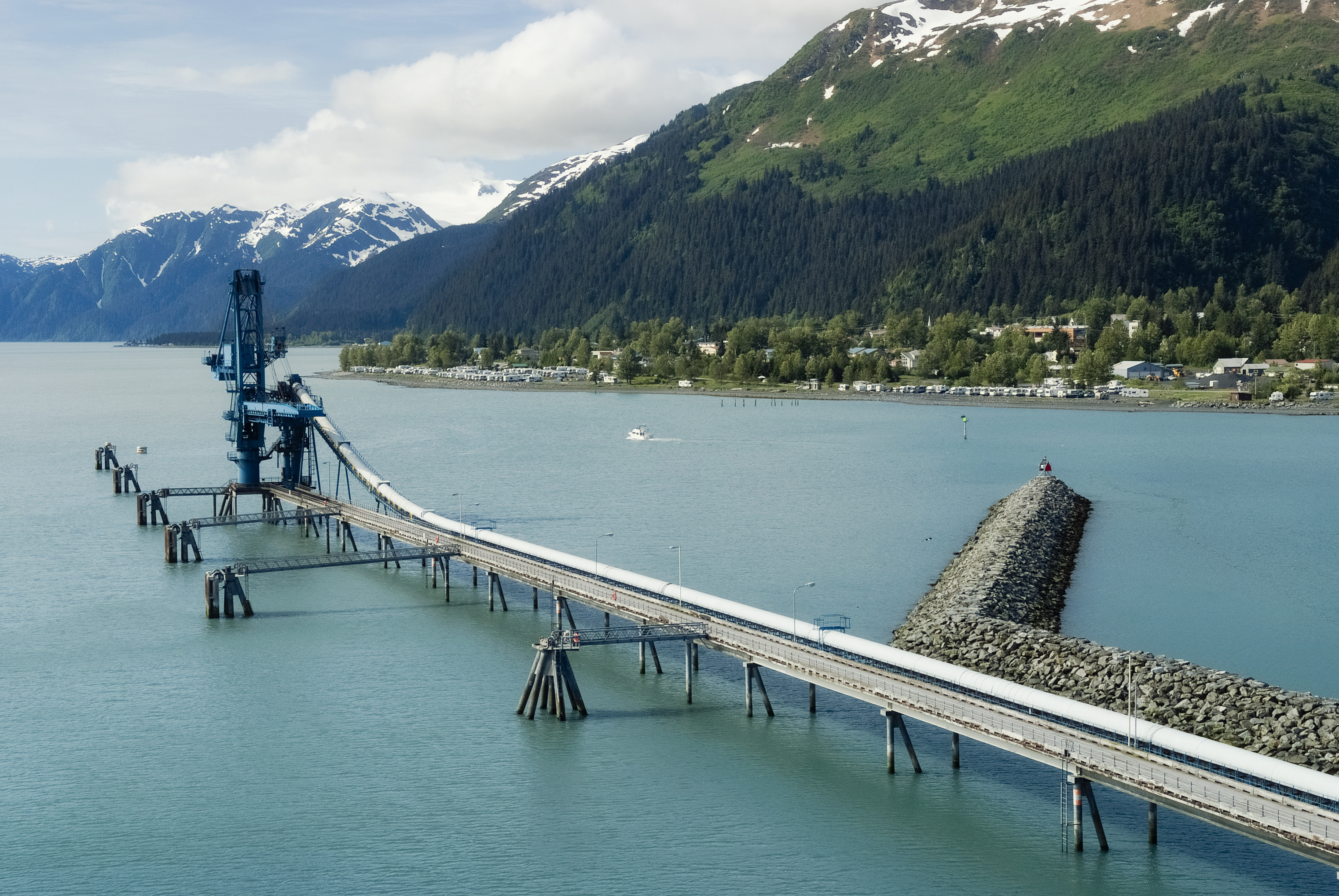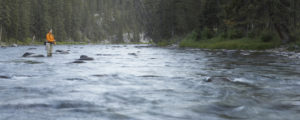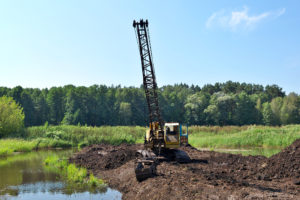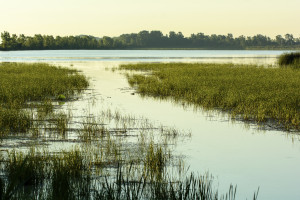
Recent University of Pennsylvania event explores issues raised by the Dakota Access Pipeline.
The Dakota Access Pipeline may become operational at any moment. The pipeline, which stretches from North Dakota to Illinois, has sparked protests about its impact on the Standing Rock Sioux Tribe and remains controversial.
In light of ongoing public interest in the pipeline, the Kleinman Center for Energy Policy and the Penn Wharton Public Policy Initiative at the University of Pennsylvania recently hosted a joint workshop reviewing the key legal and policy issues raised by the project. Benjamin Nussdorf, an Adjunct Professor at the Washington College of Law and Professorial Lecturer at George Washington University Law School, provided initial remarks, and John Quigley, a Senior Fellow at the Kleinman Center, offered commentary and moderated the event. Official representatives of the Standing Rock Sioux Tribe did not attend the Penn workshop.
Nussdorf, speaking in his personal capacity, provided a brief history of the protests and addressed the two central issues contested by the Standing Rock Sioux Tribe and Dakota Access: the pipeline’s potential impact on water quality and its alleged encroachment on sacred tribal land.
Protests against the pipeline, Nussdorf noted, began in 2016 when pipeline construction approached Lake Oahe, a reservoir on the Missouri River that also serves as the primary source of drinking water for the Standing Rock Sioux Indian Reservation. The path of construction directed the pipeline to cross the lake at a point less than half a mile north of the reservation, a crossing which became a geographic focal point for protesters.
As the protests grew, one final regulatory hurdle stood between Dakota Access and a completed pipeline: a permit to cross Lake Oahe. The U.S. Army Corps of Engineers, which has the authority to grant or deny permits to projects that cross navigable waters, reviewed and ultimately denied the permit in December 2016—a presumed victory for protesters.
Yet, the denial was not the final word on the controversy. Despite its December 2016 decision, the U.S. Army Corps of Engineers granted the permit a few months later in February 2017 after being directed by President Donald Trump to reconsider the project.
The U.S. Army Corps of Engineers’ issuance of an environmental assessment, according to Nussdorf, triggered lawsuits from a number of Sioux Tribes. One of the main issues the Standing Rock Sioux raised in litigation is that the pipeline, which will transport approximately 570,000 barrels per day of petroleum once operational, will jeopardize the safety of their drinking water.
Nussdorf responded to this claim by emphasizing the safety of pipelines and the low likelihood of an accident or spill. He further noted that a specific regulatory body—the Pipeline and Hazardous Materials Safety Administration within the U.S. Department of Transportation—is mandated by Congress to specifically oversee the safety of projects that transport energy. Nussdorf also stated that alternatives to a pipeline, such as transporting petroleum by train or trucks, are “costly, inefficient, and not as safe as constructing a pipeline.”
Additionally, Nussdorf argued that alternatives to the current route across Lake Oahe would be infeasible because they would require the pipeline to be rerouted through more population-dense areas.
An attendee at the Penn workshop questioned whether the current route implicitly devalued the importance of the Sioux’s drinking water quality as opposed to that of urban residents. Quigley affirmed the validity of the attendee’s concerns, drawing on his experience as the former Secretary of the Pennsylvania Department of Environmental Protection to caution that pipelines occasionally rupture. Quigley observed that, although pipelines may statistically be the safest way to transport oil, they always carry an “element of risk.”
Nussdorf also addressed the question of whether the pipeline encroaches on lands held sacred by the Standing Rock Sioux. According to Nussdorf, issues related to sacred land or sites typically arise through consultations mandated by the National Historic Preservation Act and the National Environmental Policy Act. The tribal consultations related to the pipeline lasted from October 2014 to March 2016, Nussdorf noted, but the Standing Rock Sioux never broached the topic of encroachment during the consultation period. Consequently, Nussdorf stated, the Sioux were given ample opportunity to engage on the sacred land issue but failed to do so.
Julie Fedorchak, a commissioner on the North Dakota Public Service Commission who was involved in the permitting process, has agreed with Nussdorf’s characterization of the adequacy of the government’s efforts to engage in consultations. Fedorchak has reportedly stated that, despite receiving notice of the hearings, the Standing Rock Sioux “did not participate in our public hearings or, quite honestly, at any point throughout our 13-month review process.”
But Fedorchak’s account differs from one that of the Standing Rock Sioux. According to David Archambault II, the Chairman of the Standing Rock Sioux Tribe, the “Army Corps failed to consult the tribe when planning the pipeline, and routed it through areas of cultural and historic significance.” Similarly, Archambault has maintained that when Dakota Access met with the Tribal Council in 2014, the company simply announced the planned route without seeking input from the council. Archambault has stated that comments and feedback from the Tribe were disregarded, concluding that “[t]hat is not consultation. That is not respect.”
Apart from discussing issues specific to the Dakota Access Pipeline, Quigley and Nussdorf also addressed the market forces that continue to drive the construction of pipelines. They agreed that halting future construction would almost certainly require fundamental changes in energy consumption. For example, Nussdorf highlighted the potential of renewable energy technology to reduce reliance on fossil fuels—and thus reduce the need for pipelines.



